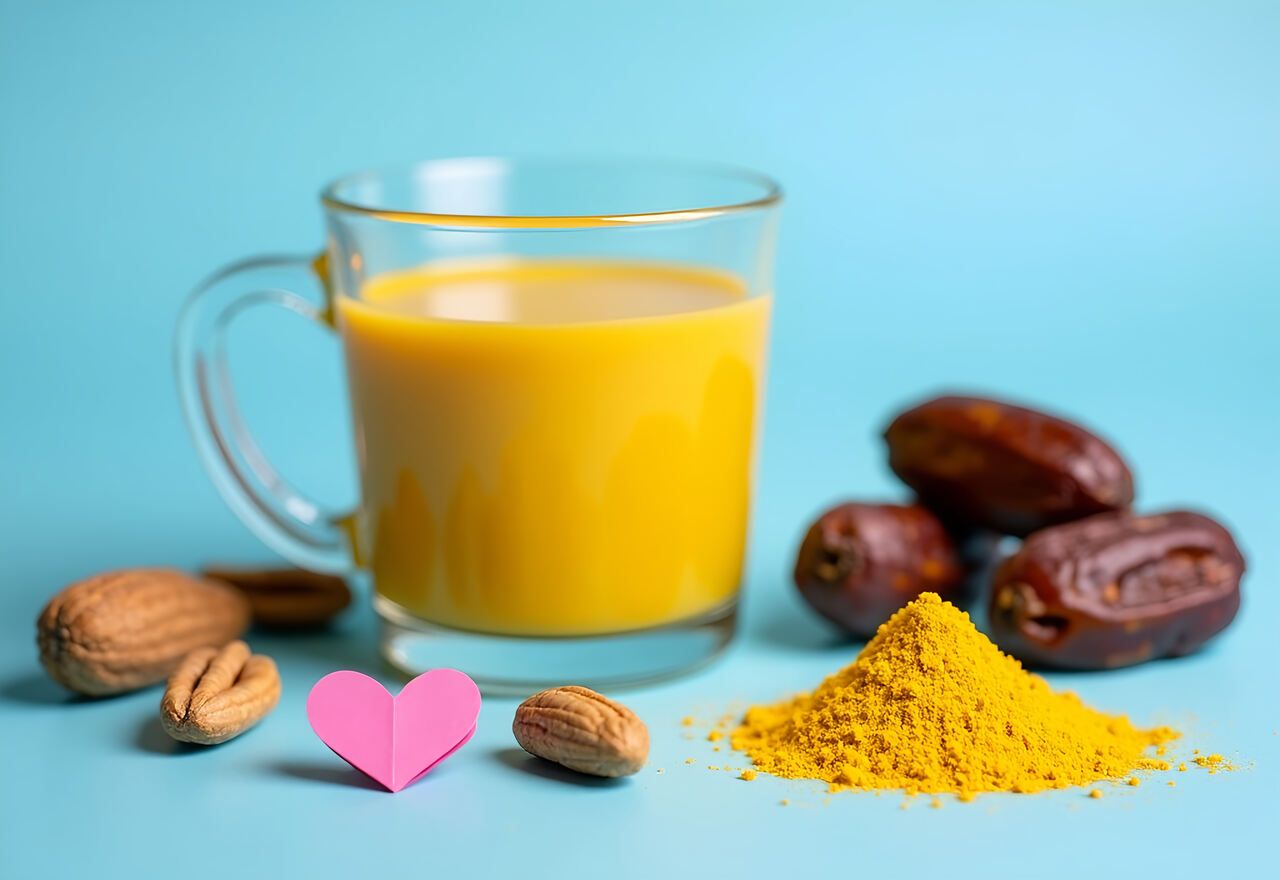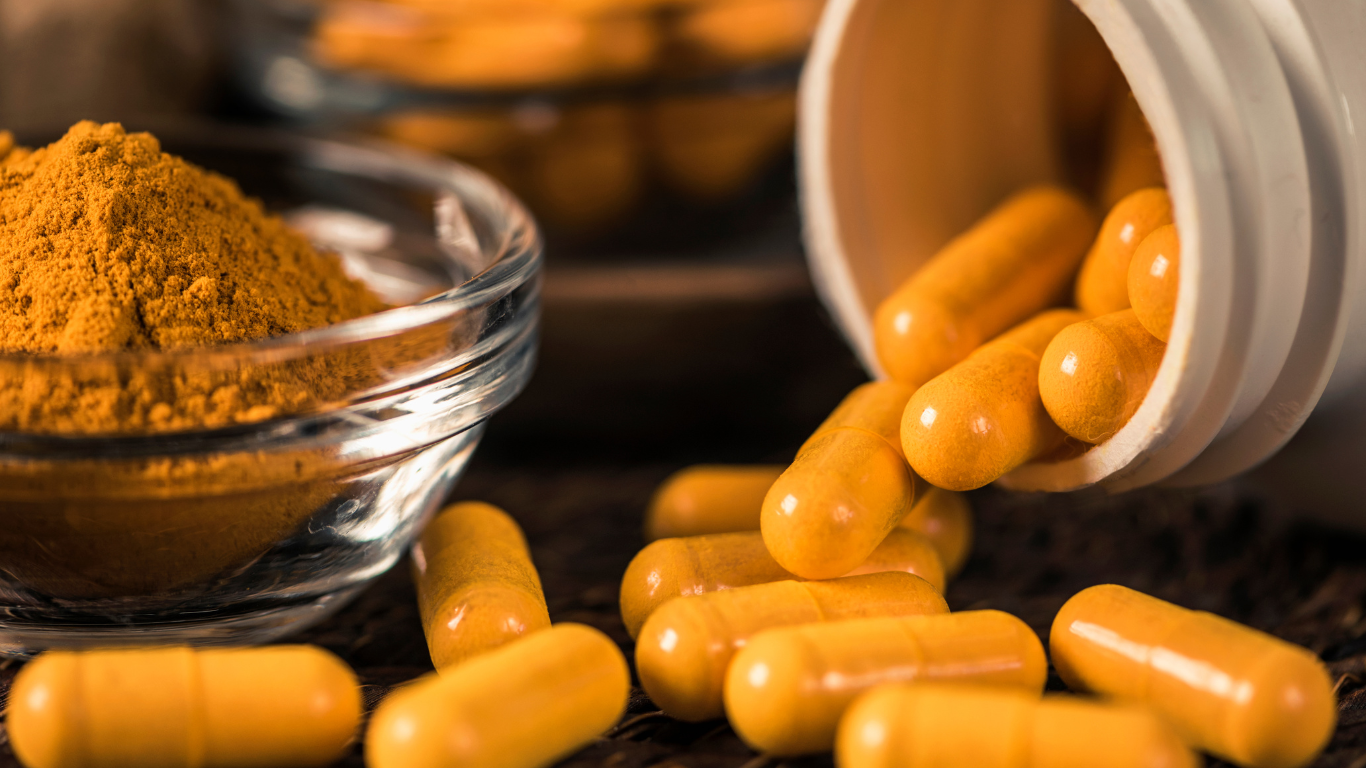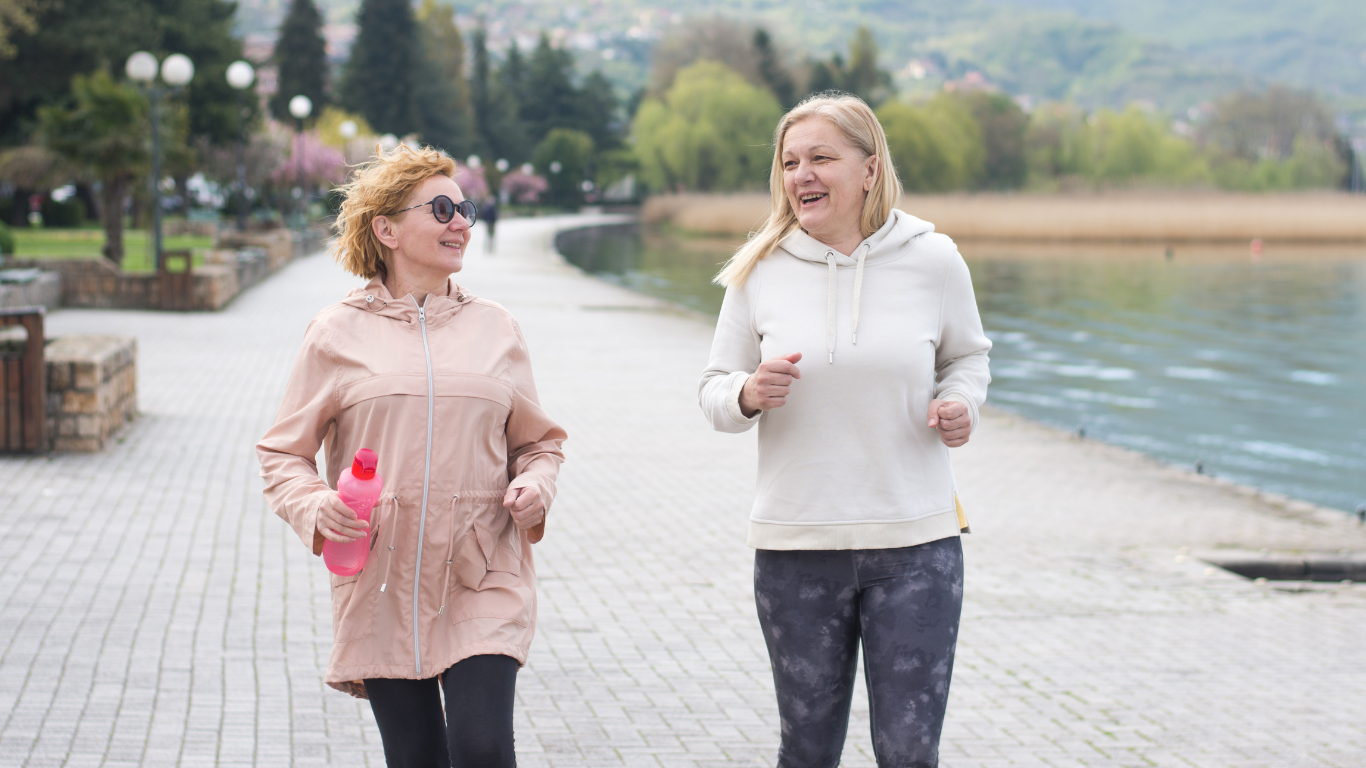12 Diet and Lifestyle Secrets of Centenarians Who Live to 100
The secret to living to 100 isn’t just about good genes, it’s about daily choices that stand the test of time. Luckily, we can learn a lot from people who have actually reached the 100-year mark.
Centenarians around the world really work for longevity. Whether they live in the mountains of Sardinia or the villages of Okinawa, people who reach 100 tend to have similar diets, daily routines, and lifestyles.
These trends are supported by decades of scientific research. Even if every centenarian’s path is unique, some aspects of their lifestyle appear again and again. From the foods they enjoy to the way they connect with others, these centenarians show us that longevity isn’t just about survival. It’s about truly thriving.
Let’s explore 12 evidence-based strategies that global studies have uncovered from these people who have achieved extraordinary longevity.
Key Takeaways:
- Longevity isn’t genetic destiny, it’s a lifestyle. Centenarians worldwide follow consistent daily habits that contribute to a long, thriving life.
- Eating more plants, staying active, and managing stress all contribute to a longer, healthier life.
- Proactive approach to health such as monitoring and early intervention can increase your odds of reaching 100 years old in good health.
Eat a Diverse, Plant-Based Diet

One of the most consistent findings among centenarian studies is their strong emphasis on a plant-based diet. Whether the leafy greens of Mediterranean kitchens or the unique wild vegetables found in Okinawan cuisine, these long-lived individuals worldwide share a love for nature’s bounty.
For instance, research has shown that centenarians in Greece consume over 400 grams of vegetables daily—equivalent to more than seven servings, which often include wild greens like dandelion and purslane.1 These greens are not only rich in vitamins and minerals but also rich in alpha-linolenic acid, a heart-healthy fatty acid that supports overall well-being.
A 2024 Chinese study further reinforces the power of dietary diversity. It suggests that Centenarians with high dietary diversity scores (between 5 to 9) exhibited 23% lower inflammation markers compared to their less diverse-eating peers.2
When you look at Blue Zones (regions known for their high concentration of centenarians), you’d see that their meals are predominantly plant-based. In these areas, populations eat 95% plant-based meals, and these meals include leafy greens, tubers, nuts, and legumes.3
So, what does that tell you? A diet that prioritizes a wide range of plant foods not only provides essential nutrients and antioxidants, but also helps reduce chronic disease risks.
Embracing the “diets of centenarians” means adding variety to your plate, savoring seasonal produce, and perhaps even exploring wild edibles in your region. In doing so, you’re not just nourishing your body, you’re setting the stage for longevity.
Practice Caloric Restriction

Another intriguing habit shared by many centenarians is that they don’t just watch what they eat, they pay attention to when they eat. These long-lived individuals naturally practice a form of caloric restriction, not through strict dieting, but through mindful eating patterns.
They don’t overeat—instead, they consume just enough to meet their body’s needs while maintaining fasting periods of up to 17 hours between meals. In fact, one research published by Frontiers in Nutrition suggests that daily practice of moderate caloric intake, might allow both metabolism and the immune system to efficiently minimize the stress induced by the main meal of the day.4
This suggests that the timing of meals can be just as important as the quantity consumed. While the science is still evolving, consider experimenting with earlier dinners and incorporating a prolonged overnight fasting window into your daily routine.
It’s never a bad idea to consult with a healthcare professional to determine if it’s right for you. Start by shifting your dinner earlier by an hour or two and see how you feel.
The key is finding a sustainable approach that fits your lifestyle and supports your overall health. It might just be one small step toward unlocking the secrets to longevity.
Limit Salt and Sugar Intake

You might have heard the advice “everything in moderation”, and it holds especially true for salt and sugar. High salt intake has long been associated with increased risks of hypertension and cardiovascular disease, while excessive sugar consumption can lead to metabolic issues like diabetes and obesity.
According to research published by GeroScience, many centenarians worldwide prefer a low-salt diet.5 A separate study among Centenarians in rural Chongqing, China, suggests that they avoid sweet, fatty, and high-cholesterol foods.
These studies suggest that diets low in processed foods, which tend to contain high levels of salt and sugar, are linked with better cardiovascular and metabolic outcomes. Although the research is still evolving, it’s clear that minimizing these additives can help maintain stable blood pressure and healthy blood sugar levels.
By opting for fresh, whole foods and experimenting with natural flavor enhancers such as herbs and spices, you can create meals that are both delicious and heart-healthy.
Think of this as one of the building blocks of the centenarian lifestyle—a pattern observed across different cultures that might just help tip the scales in favor of long-term wellness.
Stay Physically Active

If you want to live like a centenarian, you’ve got to get moving. Centenarians are highly active and rarely sedentary. Many of them incorporate physical activity seamlessly into their daily routines.
They come from agricultural backgrounds or live in rural areas where physical activity is a natural part of life. They even work beyond the expected age of retirement.6 But instead of engaging in sporadic bursts of exercise, centenarians tend to maintain a steady level of physical activity throughout their lives.
No wonder why regular physical activity is known to support cardiovascular health, improve muscle tone, and even contribute to better mental health.7 Research has linked lifelong, moderate physical activity with improvements in balance, cognitive function, and overall vitality.
Studies have also shown that centenarians who remain active tend to have better mobility and lower rates of chronic diseases compared to those who are less active. What’s the common thread here? Consistency.
It’s not necessarily about high-intensity workouts, but about integrating movement into your everyday life. Whether that means taking regular walks, engaging in light stretching, or simply choosing to stand up and move around more often.
Even modest changes, like gardening or taking the stairs instead of the elevator, can add up over time. While these findings are encouraging, each person’s ideal level of activity is different. The key is to find forms of movement that you enjoy and can stick with over the long haul.
Avoid Smoking and Excessive Drinking

This one might seem obvious, but it’s worth reiterating. If you want to increase your odds of reaching the age of 100 years while being healthy, avoiding harmful habits is just as important as adopting healthy ones.
In fact, many centenarians either never smoked or quit early in life, and most limit their alcohol consumption. There’s a well-established link between smoking and numerous health issues, including respiratory and cardiovascular diseases.
Likewise, too much alcohol consumption can impair cognitive function and put undue stress on vital organs. Research among Chinese nonagenarians and centenarians suggests that smoking and heavy alcohol consumption are linked to higher rates of cognitive impairment in men.8
Additionally, a study from Zhejiang Province, China, found that centenarians exhibited lower rates of smoking compared to non-centenarians. It suggests that avoiding tobacco may contribute to a longer, healthier life.9
By avoiding smoking and limiting alcohol intake, these individuals reduced their risk of chronic diseases and cognitive decline, which highlights a lifestyle choice that many of us can consider to better health and longevity.
Maintain Strong Social Connections

It turns out that longevity is not just about what you eat or how much you move. Who you surround yourself with might be just as important.
For centenarians, maintaining robust family bonds and community involvement is a way of life. According to research published in the Journal of Health and Social Behavior, social networks or involvement in social relationships can improve mental health and overall life satisfaction.10
While not participating in social activities was significantly associated with lower odds of becoming a centenarian.11 Social bonds, after all, offer a network of care and support that can buffer against the stresses of aging.
Modern life often pushes us toward isolation. Digital connections replace real conversations. Quick texts substitute for long talks. But your biology craves authentic human interaction.
Start small and stay consistent. Join that local club you’ve been considering. Schedule regular family dinners. Volunteer for community projects. Each social interaction builds your longevity foundation. Remember, relationships require the same dedication as any other health practice. Like exercise or nutrition, the benefits compound over time.
Every meaningful connection you nurture today becomes part of your longevity strategy for tomorrow.
Develop Resilience and a Positive Attitude

Have you ever noticed how some people seem to handle tough situations better than others? Life can be tricky, and how we react to challenging situations can affect how healthy and long we live.
What we can learn from centenarians is that they tend to be resilient individuals who process stress differently. These individuals share a certain mental toughness by not letting stress and negativity consume them.
Instead, they develop coping mechanisms, practice gratitude, and focus on the good in their lives. Personality traits such as low neuroticism, high extraversion, and trust help centenarians cope with stress.12
Of course, developing resilience isn’t about denying life’s challenges—it’s about finding ways to adapt and thrive despite them. So if you’re looking to boost your own well-being, consider exploring techniques that help build mental resilience.
A little bit of optimism with practical stress management strategies might just be another secret ingredient in the recipe for a long, fulfilling life.
Get a Good Night’s Sleep

Sleep isn’t just downtime; it’s a crucial period for bodily repair, memory consolidation, and preparation for the day’s demands. Centenarians understand this implicitly.
They know the impact of good sleep quality on both physical and mental health. But what does “good sleep” look like for someone living past 100?
Studies from the Archives of Gerontology and Geriatrics suggest that centenarians tend to go to sleep early, wake up early, and take afternoon naps.13 They also like to create a conducive sleep environment such as setting relaxing bedtime routines, and ensuring their bedrooms are dark, quiet, and free from distractions.
While studies in sleep science continue to evolve, the link between good sleep and longevity is one that many experts find compelling.14
Find Purpose in Life

Living to 100 demands a reason to wake up excited each morning. Centenarians have a strong sense of purpose or spiritual beliefs which motivates them to stay actively engaged with life.
Researchers agree that having a sense of meaning and direction in life is associated with living longer. What’s more, having higher purpose may help delay age-associated illnesses and functional decline.15
Finding your purpose doesn’t require grand gestures or world-changing accomplishments. It can be as simple as pursuing a beloved hobby, volunteering in your community, or mentoring others.
For centenarians, they also place considerable importance on divine support in their lives. In one investigation, centenarians who felt a strong sense of purpose were noted to experience better health outcomes than those who did not. 16
While research is still uncovering the exact mechanisms behind this association, it’s clear that having something to live for can be incredibly powerful. This also aligns with the finding that religiosity was one of the major themes that emerged from a qualitative analysis about adaptation and coping in the lives of centenarians.17
Prevent Health Issues Early

Look at centenarian health records and you’ll notice that they take far fewer medications and develop chronic conditions much later in life compared to others.
Their secret lies in a proactive approach to health. By making mindful daily choices, they build natural resilience against disease. Embracing a balanced lifestyle which includes a nutritious diet, regular physical activity, and effective stress management, centenarians prevent many health issues from ever taking root.
In contrast, many older adults face the danger of polypharmacy, where the simultaneous use of multiple medications can lead to adverse drug interactions and a decline in overall well-being.
This growing concern has led researchers from The National Institute on Aging to advocate for “deprescribing,” which is a process of reducing unnecessary medications in older populations.18
Ultimately, the healthy lifestyles of centenarians demonstrate that prevention is key. Emphasizing prevention and taking care of your health early in life can help reduce your risk of developing chronic diseases and increase your chances of living a long and healthy life. This includes adopting a healthy lifestyle, even at an advanced age.
Embrace Low-Stress Living Environments

Studies have suggested that environments promoting physical activity and reduced reliance on cars, which are often found in less urbanized areas, may contribute to longer lifespans.
This trend is illustrated by Blue Zone regions, where natural surroundings and a strong sense of community contribute significantly to long, healthy lives. One key aspect of Blue Zone living is that these communities are often located in less urbanized areas, characterized by cleaner air, access to nature, and a slower pace of life.
Research has shown that centenarians who live within their communities and are often with the support of family caregiving tend to be less dependent and in better cognitive health than those in nursing homes.19
The nurturing care provided by family members and a close-knit community not only supports their physical well-being but also enriches their mental and emotional health.
Additionally, studies suggest that people residing in highly walkable, mixed-age communities may be more likely to celebrate their 100th birthday.20 Such environments encourage regular physical activity, spontaneous social interactions, and a harmonious balance between work and leisure.
All these factors work together to create a supportive backdrop that can enhance overall well-being and contribute to a longer, more fulfilling life.
Test Your Longevity Biomarkers

Scientists have identified specific biomarkers that reveal the true rate of aging in our bodies.
For instance, DNA methylation patterns in centenarians show distinct signatures linked to longevity.21 Tracking these epigenetic markers provides insights into how quickly you’re aging at a cellular level.
Research also shows that healthy centenarians have lower levels of biomarkers linked to inflammation, fibrosis (tissue scarring), and catabolism (the breakdown of molecules).22 Keeping these markers in check is essential for healthy aging.
Moreover, circulating NAD⁺/NADH levels are positively associated with cognitive capacity in centenarians.23 This shows how important healthy cells are for a sharp mind.
The great news is that at-home testing makes monitoring these biomarkers easier than ever. By tracking key indicators like DNA methylation patterns, cellular senescence markers, and intracellular NAD levels, you gain a precise window into your aging process.
Our comprehensive AgingSOS® Advanced Longevity Panel measures 22 key longevity biomarkers, including intracellular NAD+ levels, giving you deep insights into your cellular health—from mitochondrial function to oxidative stress levels and beyond.
For those specifically focused on NAD optimization, we also offer our standalone Intracellular NAD® test for more frequent monitoring of this crucial molecule.
Staying proactive with your health not only lowers the risk of age-related diseases but also paves the way for a longer, healthier life. Embrace these advances and your future self will thank you.
Referenced Sources:
- https://pmc.ncbi.nlm.nih.gov/articles/PMC11493889/ ↩︎
- https://pmc.ncbi.nlm.nih.gov/articles/PMC11493889/ ↩︎
- https://www.ncbi.nlm.nih.gov/books/NBK298903/ ↩︎
- https://www.frontiersin.org/journals/nutrition/articles/10.3389/fnut.2022.863106/full ↩︎
- https://pmc.ncbi.nlm.nih.gov/articles/PMC11493889/ ↩︎
- https://link.springer.com/article/10.1007/s12062-022-09396-0 ↩︎
- https://pmc.ncbi.nlm.nih.gov/articles/PMC3618983/ ↩︎
- https://journals.lww.com/cogbehavneurol/abstract/2009/09000/association_of_cognitive_impairment_with_smoking,.7.aspx ↩︎
- https://www.frontiersin.org/journals/public-health/articles/10.3389/fpubh.2019.00344/full ↩︎
- https://pmc.ncbi.nlm.nih.gov/articles/PMC3150158/ ↩︎
- https://pmc.ncbi.nlm.nih.gov/articles/PMC11476547/ ↩︎
- https://pmc.ncbi.nlm.nih.gov/articles/PMC3259159/ ↩︎
- https://www.sciencedirect.com/science/article/abs/pii/0167494396869755?via%3Dihub ↩︎
- https://pmc.ncbi.nlm.nih.gov/articles/PMC5727046/ ↩︎
- https://www.sciencedaily.com/releases/2018/03/180320163749.htm ↩︎
- https://pmc.ncbi.nlm.nih.gov/articles/PMC3489187/ ↩︎
- https://www.frontiersin.org/journals/psychology/articles/10.3389/fpsyg.2021.726621/full ↩︎
- https://www.nia.nih.gov/news/dangers-polypharmacy-and-case-deprescribing-older-adults ↩︎
- https://www.tandfonline.com/doi/full/10.1080/08959420.2016.1165582 ↩︎
- https://www.sciencedaily.com/releases/2020/06/200617145256.htm ↩︎
- https://bmcmedgenomics.biomedcentral.com/articles/10.1186/s12920-018-0334-1 ↩︎
- https://www.maturitas.org/article/S0378-5122(17)31144-1/abstract ↩︎
- https://pmc.ncbi.nlm.nih.gov/articles/PMC8810979/ ↩︎





























































